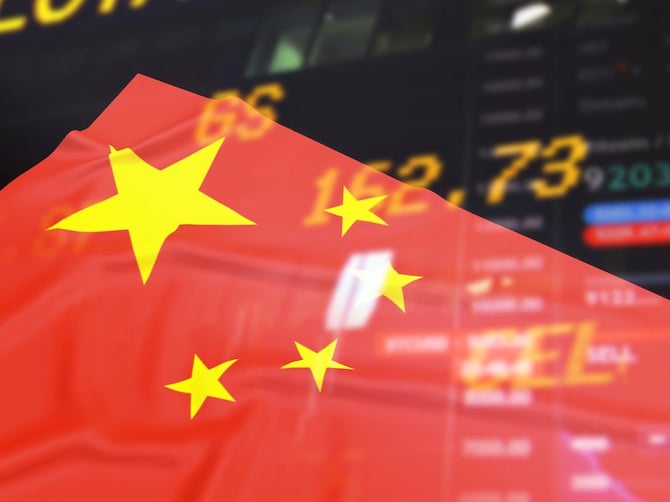China's Export Surge Belies Trade Woes

China’s exports surged in March, with outbound shipments rising 12.4% year-on-year in U.S. dollar terms—nearly triple market expectations. This frontloading frenzy comes as exporters rush to beat newly imposed U.S. tariffs, which have now reached a cumulative 145% under President Trump’s administration.
Meanwhile, imports continued their downward spiral, falling 4.3%, as domestic demand showed few signs of a rebound. This extended a trend that saw imports contract 8.4% in the year’s opening two months.
Despite this short-term export boost, the Chinese economy faces mounting pressure. Goldman Sachs has trimmed its 2025 GDP forecast from 4.5% to 4.0%, warning that policy easing will struggle to counteract the effect of tariffs.
U.S.-bound shipments rose 9.1% last month, but the broader trade landscape remains tense, with tit-for-tat tariff measures escalating on both sides. China’s exports to the EU and ASEAN also recorded double-digit gains, but imports from these regions declined or barely held, indicating weak domestic activity.
Notably, semiconductor exports climbed over 25%, while crude oil and semiconductor imports rose modestly, offering a rare bright spot in an otherwise cautious outlook.
What Does This Mean for Me?
The Chinese Politburo is expected to respond with additional stimulus measures later this month, aiming to prop up consumption and stabilize growth.
China’s first-quarter GDP print, due Wednesday, will be closely watched for clues on whether the current export momentum can mask deeper structural slowdowns. As investor nerves continue to fray, it’s clear that China’s trade gains are less a sign of strength and more a reaction to growing global uncertainty.
More News
.webp)
Japan’s Rate Shift Is Rippling Through Global Bond Markets

China’s Growth Engine Stalls as Consumers and Investors Pull Back

Egypt’s Recovery Gains Traction as Household Pressure Lingers

OECD Warns AI and Tariffs Will Test the Global Economy

Zero Tariffs, Higher Drug Bills as US and UK Reset Pharma Trade

Catastrophe Bonds Go Global as Climate Risk Meets Yield Hunting
.webp)
Canada Shields Steel and Lumber Industries From Tariffs
